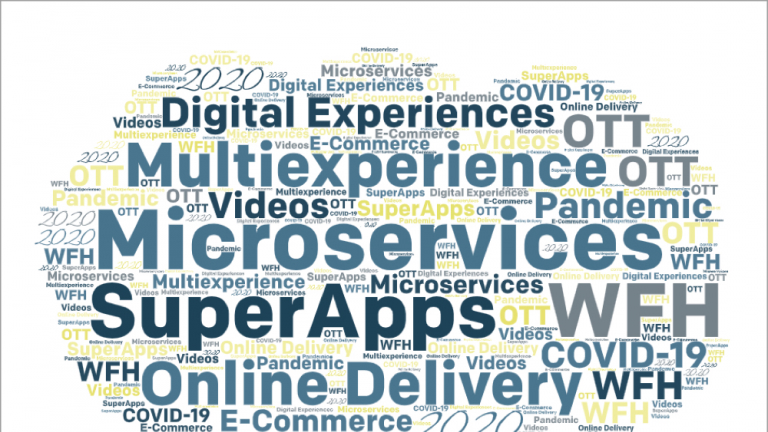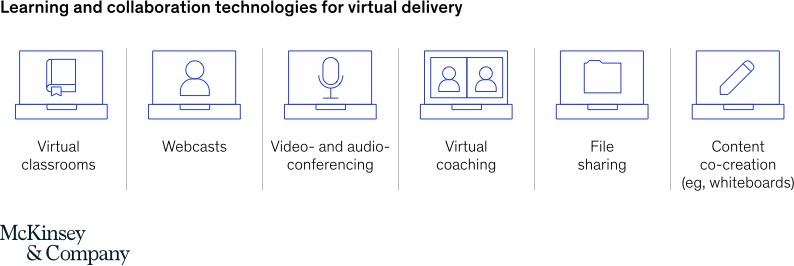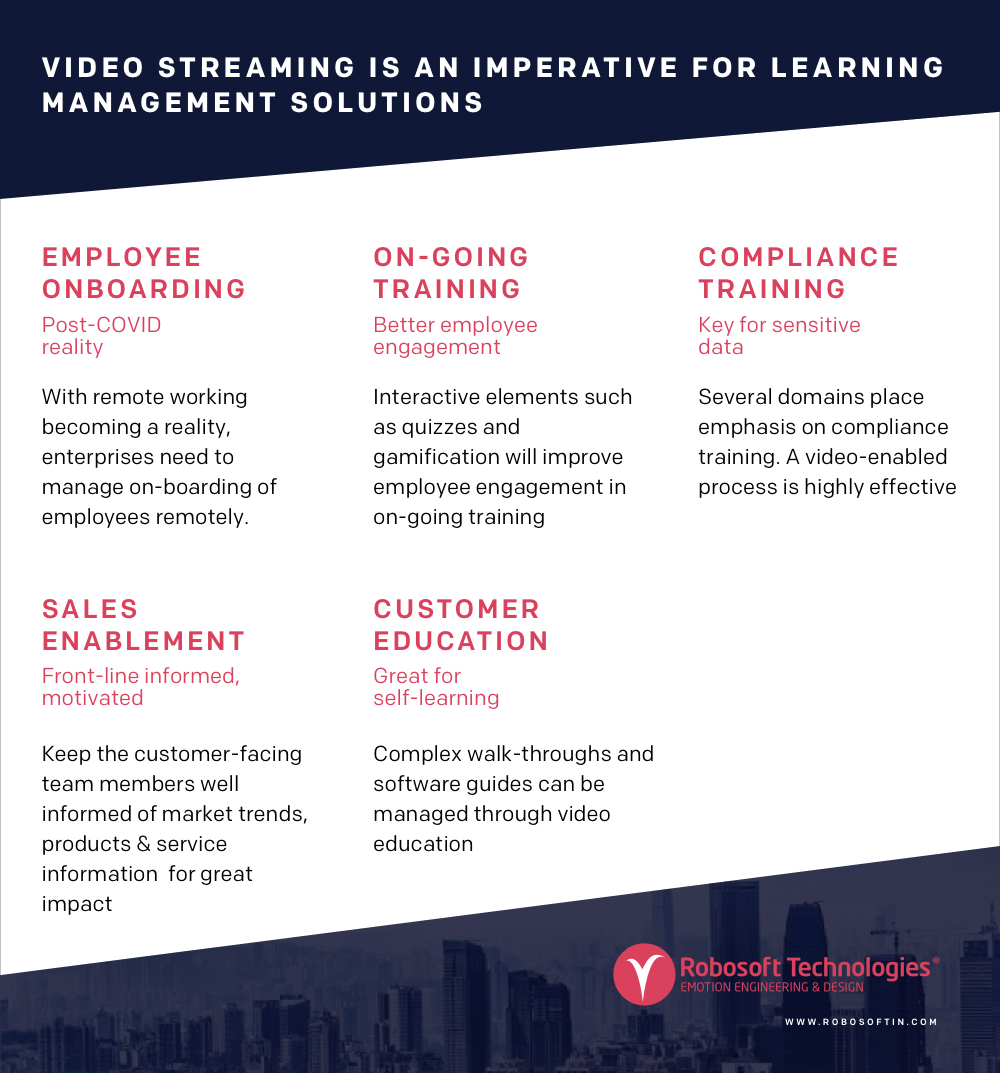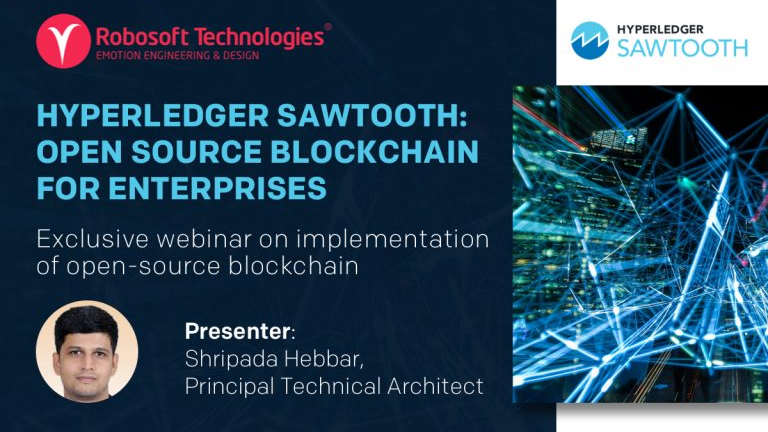Towards the end of last year, no one would have been able to predict how 2020 would fundamentally alter our lives. In the first quarter of this year itself change was forced upon us in the form of widespread lockdowns. This triggered a host of behavioral changes across the world, on a never-before scale. People became more conscious of health, learnt to adapt to new ways of living and working from home. Digital experiences played a crucial role in enabling such a lifestyle and behavioural changes. At Robosoft, we partnered with several enterprises in crafting products that made the everyday life of millions of consumers just a little bit easier – streaming services that brought entertainment, sports, and infotainment to mobile devices or utilities which made us more productive and enriched our lives. We have attempted to share our views on broad trends shaping these changes in digital experiences. Here are five of our top blog posts from 2020:
The Superpower of Super Apps and How to Create One
Apps that can help consumers accomplish a multitude of tasks – also known as Super Apps, were popular even prior to the COVID-19 outbreak especially in South and Southeast Asia. Such apps saw a widespread uptake in 2020 as they help consumers in many ways: providing convenience and simplicity, a unified and personalised user experience and more. In this article, our CEO, Ravi Teja Bommireddipalli outlines why Super Apps can help enterprises and shares key points to consider while building such experiences.
What Does it Take to Create Products That Consumers Love?
The world is increasingly dependent on digital products and platforms to accomplish many of their daily chores and needs. Hailing a cab, transferring funds to someone, consulting a doctor or shopping often involves a digital experience. In this context, the relevance and value of great product managers is critical. A product manager dons several hats: that of a CEO, fire-fighter or orchestra conductor depending on the product lifecycle and project needs. In this article, Syed Abbas our Principal Digital Consultant shares perspectives on what it takes to create products consumers love. In this article, he writes about the key attributes of a product manager and the steps involved in creating a product road map.
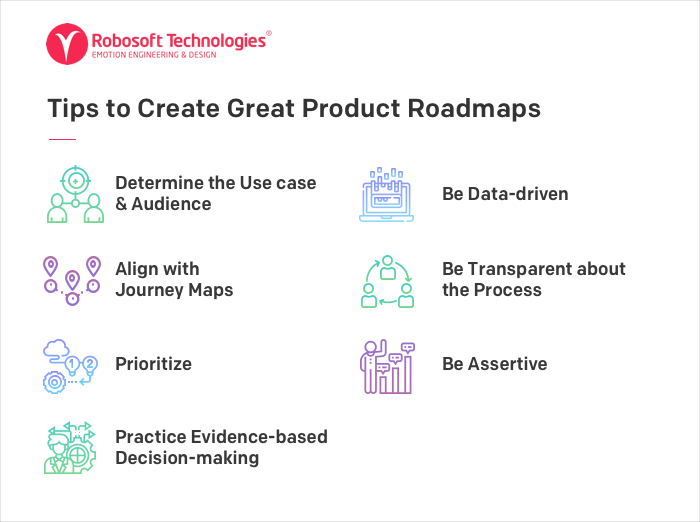
Microservices and Digital Enterprises in the Experience Economy
The world has seen the agrarian, industrial, and services economies. We are currently in the experience economy, a term first coined in 1998. In the experience economy, customers are expected to have two types of experiences: customer participation and connection. Microservices – an approach to developing a single application as a collection of small services is critical in the experience economy. In this article, our Rajeev Rajagopal outlines the differences between traditional software products and modern application. He also writes about the key components & benefits of the microservices architecture.
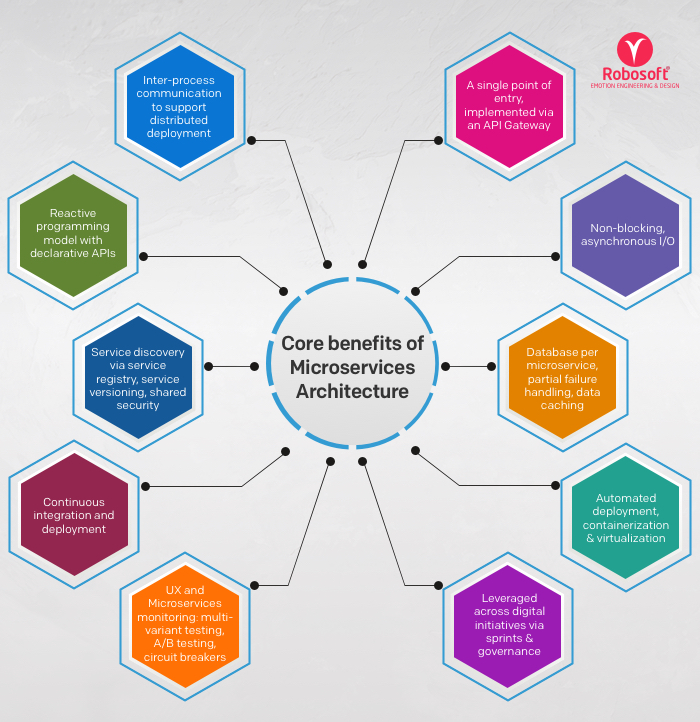
OTT Video in Retail: The Coming Revolution
The rise of audio and video streaming services during the lockdown period was natural and has been well documented. But beyond media & entertainment, there is tremendous scope for OTT services to be adopted by other industries such as retail, among others argues our Jay Shah, in this article. It is a new format of the familiar home shopping networks on TV and offers the best of both worlds in terms of showcasing the product and in-store experience.
The coming glut of online delivery apps: takeaways to deliver the competitive edge in UX
While we may switch back to older ways of worry-free travel and in-store shopping sometime in the future, some of our behaviors have been fundamentally altered in 2020. Our preference for contactless delivery has been a key development that may change the business proposition of many an industry beyond just food delivery. The value proposition of brands may be similar in many cases and hence great user experience will be a competitive edge opines our Srinidhi Rao, in this article. Now more than ever, customers would appreciate any simplified process. So any experience which goes a long way in reducing friction or making life easy – ordering through voice-enabled speakers, messenger platforms, or a smartwatch, enabling a virtual trial of a dress re-order previously ordered medicines, or renewing a subscription service would be welcome he opines.
We hope you enjoyed our collection of top reads from 2020. As we step into the new year, we look forward to even more exciting opportunities to simplify lives of consumers.
